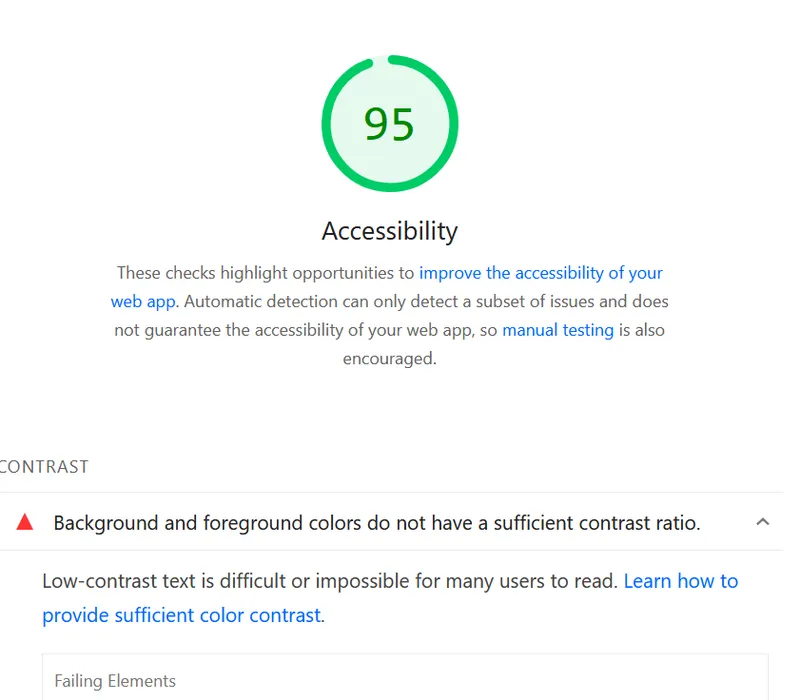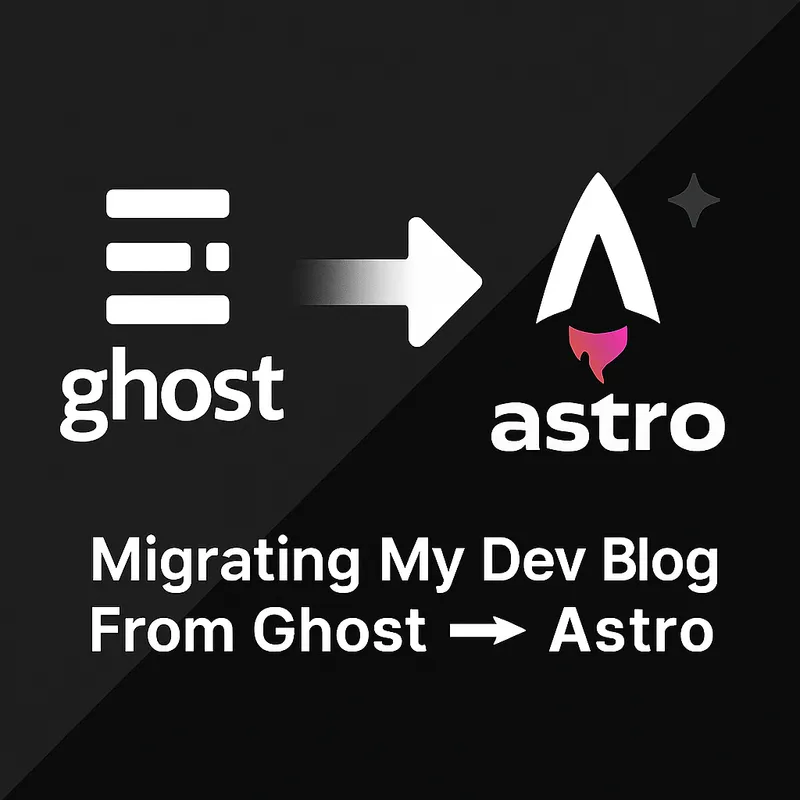The Twelve-Factor App - A Guideline for Building Modern Web Applications
Published on 09/25/2023 08:02 PM by Eph Baum

Introduction
In the realm of software development, the Twelve-Factor App methodology once garnered significant attention as a guide for building scalable, maintainable, and portable software-as-a-service applications.
I guess.
To be honest, I hadn’t really thought about it specifically in some years until a recent job posting mentioned it alongside the SOLID & ACID principles (etc.).
The methodology was crafted by engineers at Heroku with experience in meeting the intricate challenges that come with SaaS development. It outlines twelve principles or “factors” designed to be a blueprint for modern web architectures.
I thought, given my lack of recollection, that writing an overview of these factors, explaining their significance and how they can be applied might be helpful for me.
Perhaps it will be helpful for you as well.
The Twelve Factors
1. Codebase
Principle: One codebase tracked in version control, multiple deploys
Significance: Having a single codebase ensures uniformity and ease of collaboration. Version control systems like Git enable tracking changes and coordinating work among multiple developers.
2. Dependencies
Principle: Explicitly declare and isolate dependencies
Significance: Dependencies should be explicitly declared to prevent any surprises during deployment or maintenance. This isolation simplifies troubleshooting and enhances portability.
3. Config
Principle: Store configuration in the environment
Significance: Configuration settings should be externalized from the codebase and read from the environment. This enables easy modification without code changes, providing flexibility in deployment.
4. Backing Services
Principle: Treat backing services as attached resources
Significance: Whether it’s a database, a messaging queue, or a caching layer, backing services should be loosely coupled to the codebase. This allows for easy replacement and upgrades without affecting the application.
5. Build, Release, Run
Principle: Strictly separate build and run stages
Significance: The build, release, and run stages should be distinct to minimize errors and maximize deployability. This ensures that any change goes through a well-defined pipeline before it impacts users.
6. Processes
Principle: Execute the app as one or more stateless processes
Significance: Applications should be stateless to enable effortless scaling. State should be externalized to backing services like databases to maintain this statelessness.
7. Port Binding
Principle: Export services via port binding
Significance: Applications should be self-reliant, exposing services through binding to ports. This makes them easy to containerize and deploy using modern orchestration tools.
8. Concurrency
Principle: Scale out via the process model
Significance: Applications should be built to scale horizontally, meaning they can handle more traffic by adding more instances rather than upgrading a single instance’s resources.
9. Disposability
Principle: Maximize robustness with fast startup and graceful shutdown
Significance: Applications should be designed to start quickly and shut down gracefully. This resilience enables seamless deployments and scaling operations.
10. Dev/Prod Parity
Principle: Keep development, staging, and production as similar as possible
Significance: A consistent environment across development, staging, and production minimizes surprises during deployment, making life easier for both developers and operations teams.
11. Logs
Principle: Treat logs as event streams
Significance: Logs should be viewed as a continuous stream of events rather than static files. This enables real-time monitoring and analysis.
12. Admin Processes
Principle: Run admin/management tasks as one-off processes
Significance: Administrative tasks, like database migrations, should be performed as one-off processes to ensure they are repeatable, auditable, and isolated from the application.
Conclusion
The Twelve-Factor App methodology offers a set of best practices that aim to optimize various aspects of a web application, from codebase management to how configuration and logging are handled. Adopting these principles can dramatically improve the maintainability, scalability, and portability of your applications.
I realized, while reacquainting myself with this list, that these are indeed best practices for web applications. While these are rather tailored specifically to a host like Heroku, they’re still a good set of guidelines regardless of your cloud provider (for example, the job listing that triggered this post wanted familiarity with GCP and/or AWS).
👋





